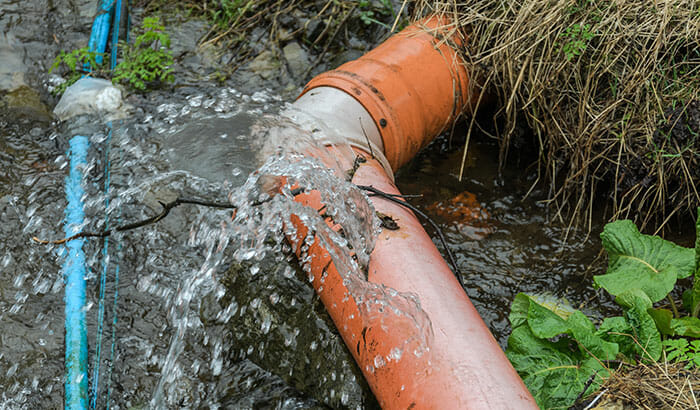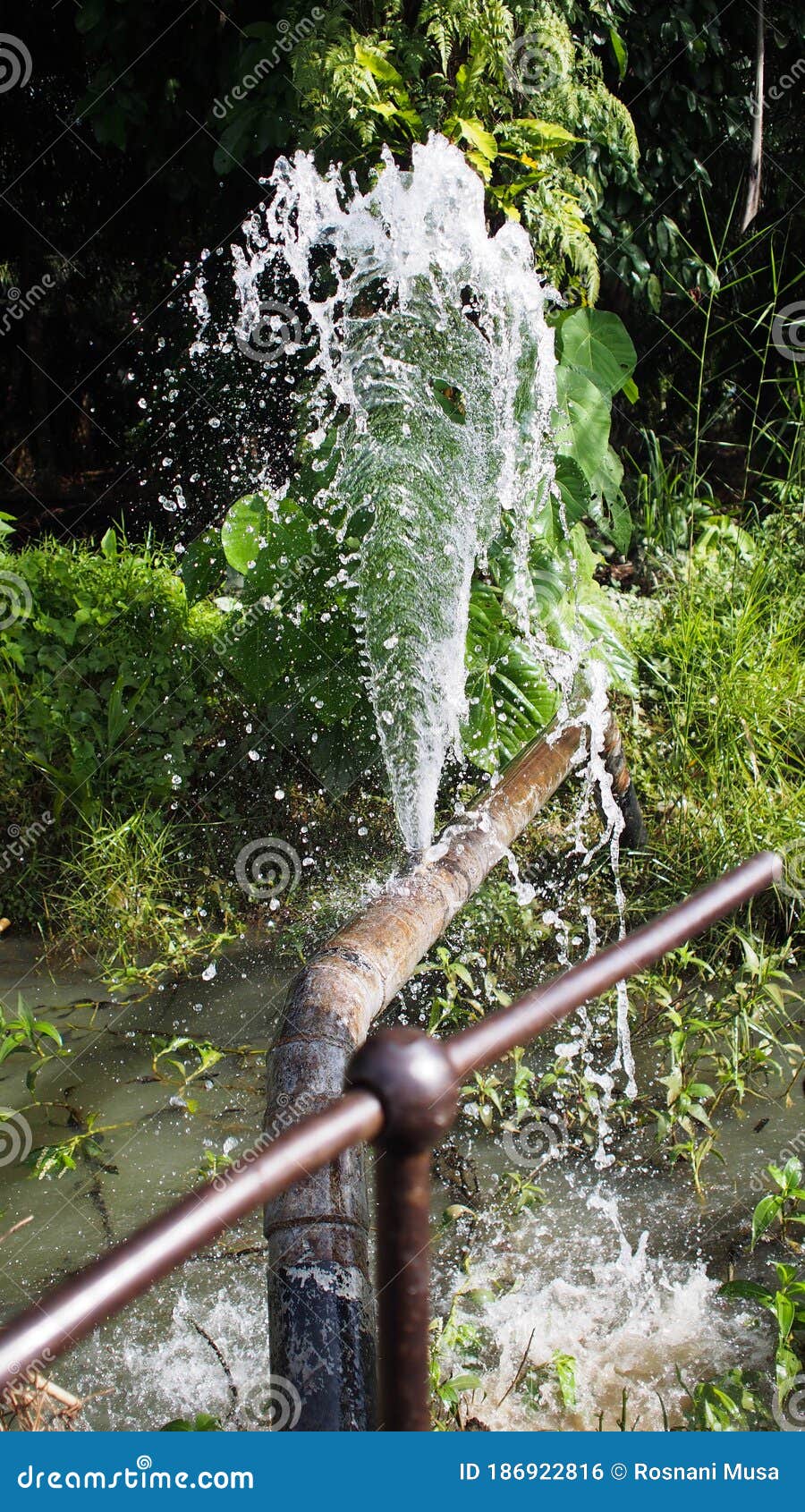How to Handle a Burst Pipe: Essential Steps for Immediate Action
How to Handle a Burst Pipe: Essential Steps for Immediate Action
Blog Article
Protecting Against Ruptured Pipeline: Crucial Tips to Protect Your Plumbing
Avoiding ruptured pipes is an essential issue for homeowners, specifically during colder months when the risk of freezing is increased. Carrying out calculated actions such as appropriate insulation, routine examinations, and maintaining constant indoor temperature levels can substantially reduce the probability of pipe failing. Furthermore, understanding emergency situation treatments furnishes home owners to respond swiftly to possible pipes problems. Several are not aware of the details vulnerabilities that their pipes may encounter. Exploring these susceptabilities can supply important insights into securing your pipes system effectively.
Understand Pipeline Vulnerabilities
Comprehending pipe susceptabilities is necessary for efficient plumbing upkeep and preventing expensive damage. Several aspects add to the vulnerability of pipes to bursts, consisting of product composition, age, and ecological problems. Older pipes, specifically those made from galvanized steel or polybutylene, often weaken over time, bring about enhanced threat of leaks and tears.
Temperature level fluctuations can likewise considerably influence pipeline stability. In colder climates, water entraped in pipes can freeze, exerting and broadening stress on the pipeline wall surfaces, which might ultimately bring about a burst. Additionally, high water stress can strain pipelines, specifically at joints and bends, heightening the possibility of failure.

Insulate Piping Appropriately
Proper insulation of pipes is essential for protecting against freezing and succeeding bursts throughout winter (burst pipe). Shielding your plumbing system effectively safeguards versus temperature goes down that can result in costly damages. Begin by recognizing at risk locations where pipelines are exposed to outside temperatures, such as cellars, attic rooms, and outside wall surfaces
Usage foam pipe insulation sleeves or wrap insulation tape around these areas to provide a protective obstacle. Guarantee that all areas of the pipes, particularly those with limited warmth exposure, receive ample insulation. Pay unique interest to fittings and joints, as these are a lot more prone to cold.
When shielding, it's crucial to choose materials that meet neighborhood building regulations and are appropriate for the particular setting. For circumstances, fiberglass insulation is typically advised for its thermal resistance buildings - burst pipe. In addition, take into consideration making use of heat cable televisions or tape in extreme problems, which can be connected in to give supplemental warmth
Routinely inspect protected pipelines for any indicators of wear or damages, as endangered insulation can reduce its effectiveness. By taking these proactive steps, you dramatically reduce the risk of pipeline bursts, guaranteeing a trustworthy pipes system throughout the winter season.
Maintain Regular Temperature Level
A secure indoor temperature level is essential for protecting against burst pipelines during the freezing months. When temperatures drop, water within pipes can ice up, broadening and developing stress that may ultimately cause the pipelines to ruptured. To minimize this risk, house owners need to preserve a constant temperature level throughout their home, ideally no less than 55 ° F(13 ° C)Utilizing a programmable thermostat can help take care of indoor temperature levels properly, ensuring that rooms with plumbing stay cozy even when the house is empty. Pay special focus to areas that are extra vulnerable to chilly, such as attic rooms, cellars, and garages. Keeping cabinet doors open under sinks can additionally permit warmer air from the home to distribute around plumbing.
This small flow of water can protect against cold by easing stress within the pipes. By applying these methods, property owners can considerably minimize the danger of pipeline ruptureds and safeguard their plumbing systems against the rough winter components.
Regularly Evaluate Plumbing
Routine inspections of pipes systems are important for avoiding burst pipes and maintaining total home integrity. Regular checks permit house owners to identify possible issues prior to they escalate right into expensive fixings or significant water damages. Throughout these examinations, it is necessary click this site to take a More Info look at visible pipes for indicators of corrosion, leakages, or wear. Pay special attention to locations vulnerable to freezing, such as cellars, attics, and exterior walls.
Furthermore, inspecting joints and connections is crucial, as these points are commonly prone to leakages. Property owners should also assess water stress levels, as extreme pressure can strain the pipes system and enhance the risk of pipeline bursts.
Consider scheduling professional plumbing evaluations at the very least as soon as a year, especially before winter months, to guarantee your system is prepared for cooler temperatures. Routine evaluations not just aid in determining prompt worries but also foster lasting upkeep approaches that can improve the life-span of your plumbing system. By being positive in your technique, you can protect your home versus the turbulent and pricey effects of burst pipes. Focusing on plumbing assessments is an investment in your house's wellness and security.
Know Emergency Procedures
Comprehending emergency treatments is essential for each home owner, particularly after carrying out routine pipes inspections. Being prepared for a pipes emergency can significantly minimize damages and conserve costs. Situate your main water shut-off shutoff; it is commonly found near the water meter or where the main line enters your home. Acquaint on your own with its procedure, as turning off the water supply quickly can avoid substantial flooding.
Following, maintain crucial tools handy. A plumbing emergency situation kit ought to include a wrench, plunger, and towels, as well as a flashlight and a pail for little leaks. In addition, think about having the contact information for a trusted plumbing technician conveniently available, needs to the circumstance rise beyond your control.
If you find a leak or ruptured pipeline, immediately shut off the water and inform your plumbing technician. Document the damage with photos for insurance purposes. Understand the signs of potential plumbing issues, such as unusual water stress fluctuations or damp places on walls
Eventually, check my blog aggressive expertise and speedy activity are essential in handling pipes emergency situations, ensuring your home continues to be safeguarded and reducing potential damage.

Conclusion
In final thought, stopping burst pipes demands a diverse approach that includes understanding pipe susceptabilities, correct insulation, maintaining consistent interior temperatures, routine inspections, and knowledge of emergency procedures. By applying these important methods, the threat of pipes failures can be significantly minimized, thereby guaranteeing the durability and effectiveness of the plumbing system. Positive measures not only guard against potential damages but likewise add to general water conservation and the protection of property.
In chillier climates, water trapped in pipes can freeze, exerting and broadening pressure on the pipe wall surfaces, which may eventually lead to a burst. When temperatures decline, water within pipes can ice up, broadening and developing stress that might ultimately trigger the pipelines to ruptured. By implementing these strategies, homeowners can substantially lower the threat of pipe bursts and safeguard their pipes systems against the rough winter season components.

Report this page